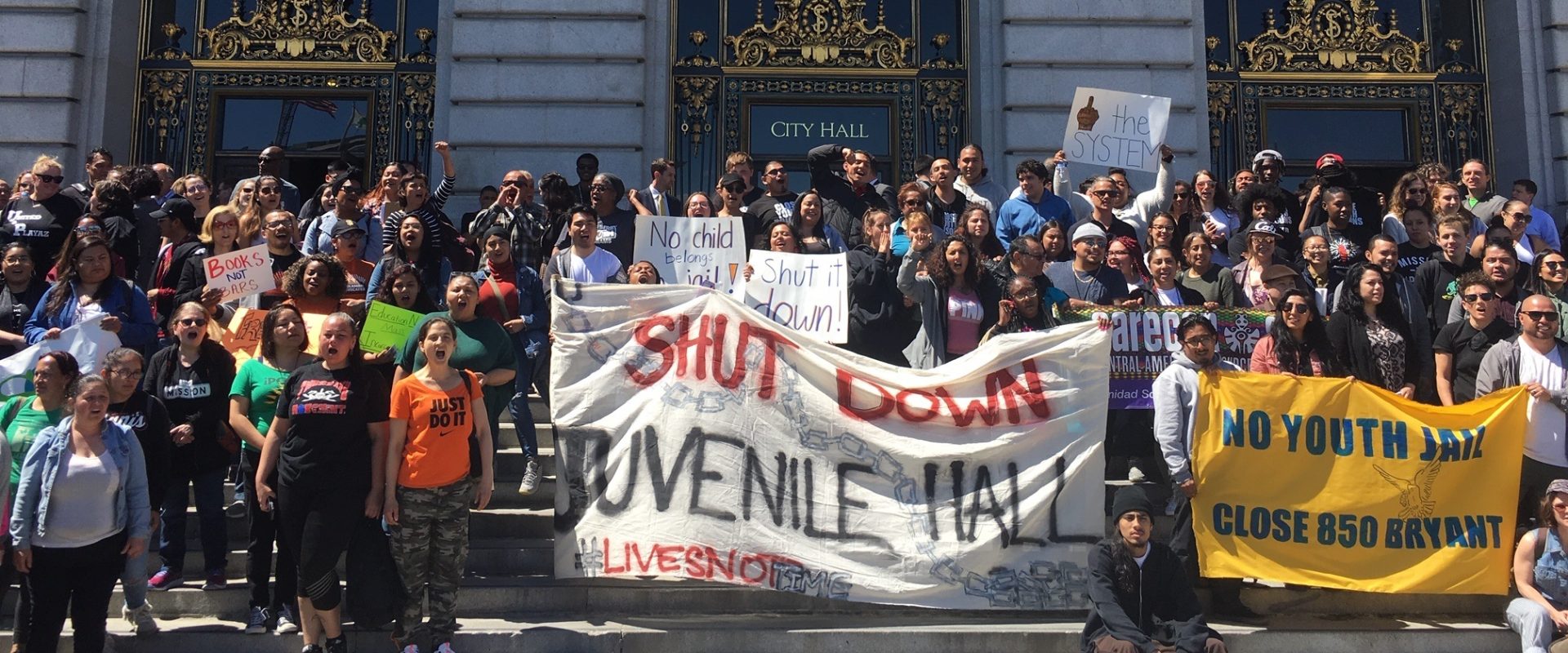Blog Feb 17, 2011
Should one County obstruct the juvenile justice reform efforts of the other 57 counties?
On February 10, 2011, CJCJ’s Executive Director Daniel Macallair and UC Berkeley’s Lecturer in Residence, Barry Krisberg were featured on KCRW’s Which Way, L.A.? alongside Connie Rice, Co-Director of the Advancement Project in Los Angeles, and Los Angeles County Supervisor Zev Yaroslavsky, to discuss how Governor Brown’s proposal to eliminate the DJF will effect Los Angeles County’s juvenile justice practices. Ms. Rice described the current L.A. County juvenile justice system as “disastrous.” …
On January 27, 2011, CJCJ’s Executive Director Daniel Macallair and UC Berkeley’s Law School Research and Policy Director Barry Krisberg were featured on KQED’s Forum and KALW News, discussing the Governor Jerry Brown’s proposal to eliminate the DJF by June 2014. On KQED’s Forum, Dr. Krisberg voiced concern about the current ability of the counties to provide appropriate services to serious youthful offenders. He pointed to L.A. County, which currently houses 370 youths in DJF, and is under…
There are currently 1,262 youths confined in DJF facilities (Dec. 2010). Recent plans to close Preston YCF by June 2011 will result in a further reduction of the population. Moreover, plans to transfer all parole responsibilities to the counties will be in place by January 28, 2011. With those changes already in motion, how big is the next step proposed by Governor Brown: the elimination of DJF by June 2014? In a recent New York Times article , Executive Director Daniel Macallair discusses…
Blog Jan 21, 2011
Using a Medical Care Analogy to Reduce Crime
You never know where you will get some ideas that will help develop public policies concerning crime and delinquency. Yesterday I was listening to National Public Radio (NPR)‘s “Fresh Air ” program and the subject was providing quality health care. The guest was talking about focusing on patients with the highest medical costs, which he called “The Hot Spotters.” He was talking about a unique doctor in Camden, Ohio who began to do some research on health care costs in his city. …
Blog Jan 20, 2011
The Gun Culture
“Police said the gunman was a 22-year-old college dropout who was armed with a 9mm semi-automatic pistol and extended clips that allowed him to fire dozens of bullets without reloading.” Arizona Republic, January 11, 2011. I don’t know if there is anything I can add to what has already been written in the news media and stated on newscasts and talk radio almost non-stop since the horrific events on January 8. Here I merely want to comment on guns. There is something fundamentally sick about…
